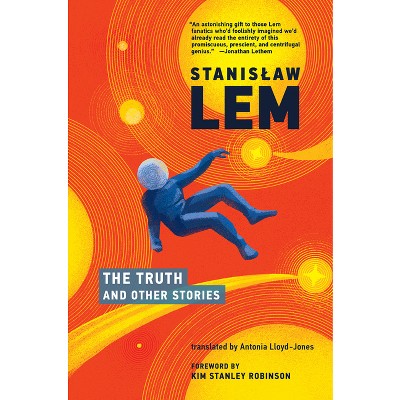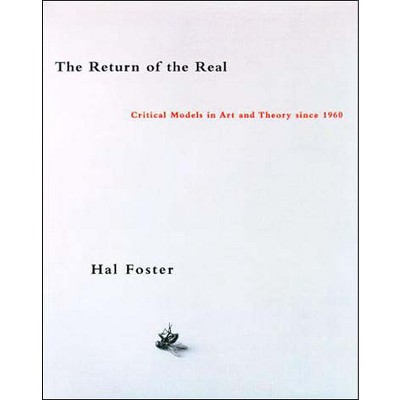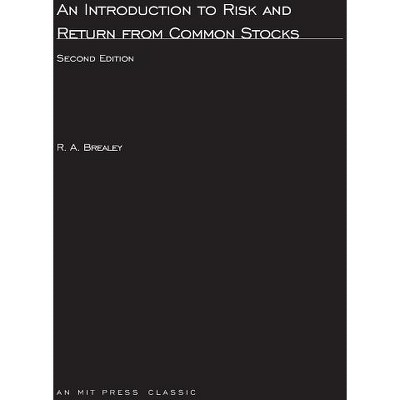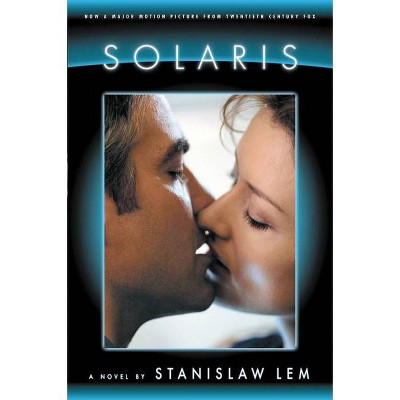Sponsored

Return from the Stars - by Stanislaw Lem (Paperback)
In Stock
Sponsored
About this item
Highlights
- An astronaut returns to Earth after a ten-year mission and finds a society that he barely recognizes.Stanislaw Lem's Return from the Stars recounts the experiences of Hal Bregg, an astronaut who returns from an exploratory mission that lasted ten years--although because of time dilation, 127 years have passed on Earth.
- Author(s): Stanislaw Lem
- 312 Pages
- Fiction + Literature Genres, Science Fiction
Description
About the Book
"Originally published in 1961, Return from the Stars recounts the experiences of Hal Bregg, an astronaut who returns from an exploratory mission of ten years. Due to time dilation 127 years have passed on Earth. Bregg returns to a society that he hardly recognizes, one where danger has been eradicated. Children are 'betrizated' to remove all aggression and violence, but this also removes all impulse to take risks and explore. Bregg has serious difficulty in navigating the new social mores, and fails to adapt. While Lem's depiction of a risk-free society is bleak, he avoids heroizing Bregg and his fellow astronauts. Faced with no opposition to his aggression, Bregg behaves abominably. The middle of the book recounts the space mission, in which several of their collagues died horribly and very little of any scientific magnitude was discovered. As usual with Lem's books, there is no simple answer, and Lem's dissection has multiple targets"--Book Synopsis
An astronaut returns to Earth after a ten-year mission and finds a society that he barely recognizes.Stanislaw Lem's Return from the Stars recounts the experiences of Hal Bregg, an astronaut who returns from an exploratory mission that lasted ten years--although because of time dilation, 127 years have passed on Earth. Bregg finds a society that he hardly recognizes, in which danger has been eradicated. Children are "betrizated" to remove all aggression and violence--a process that also removes all impulse to take risks and explore. The people of Earth view Bregg and his crew as "resuscitated Neanderthals," and pressure them to undergo betrization. Bregg has serious difficulty in navigating the new social mores.
While Lem's depiction of a risk-free society is bleak, he does not portray Bregg and his fellow astronauts as heroes. Indeed, faced with no opposition to his aggression, Bregg behaves abominably. He is faced with a choice: leave Earth again and hope to return to a different society in several hundred years, or stay on Earth and learn to be content. With Return from the Stars, Lem shows the shifting boundaries between utopia and dystopia.
Review Quotes
"Fourteen years after his death, the universe is still struggling to catch up with the vast creative force that was Stanislaw Lem. And for my money, it won't be surpassing him anytime soon...Enjoying the genius of Lem requires readerly dexterity and a willingness to go wherever the author takes you...These marvelous, absorbing and often hilarious books make our weary universe seem pale and undistinguished by comparison."
--The Washington Post "In a cycle of melancholy sci-fi novels written in the late nineteen-fifties and sixties --Eden, Solaris, Return from the Stars, Memoirs Found in a Bathtub, The Invincible, and His Master's Voice--Lem suggested that life in the future, however remote the setting and however different the technology, will be no less tragic. Astronauts disembark from a spaceship into the aftermath of an atrocity; scientists face an alien intelligence so unlike our own that their confidence in the special purpose of human life falters. Lem was haunted by the idea that losses can overwhelm the human capacity to apprehend them."
--The New Yorker "The release of these new volumes seems to expand the possibilities of what a university publisher can do."
--LitHub "The writing is leisurely and elaborate, with a lot of gorgeous descriptive set-pieces....Atypical work from a master, but carried off with characteristic panache."
--Kirkus Reviews
"Lem's thought-provoking, reissued 1961 classic explores the questionable utopia that has emerged on a vivid future Earth through the eyes of an astronaut recently returned from the Fomalhaut star system, 23 light years away."
--Publishers Weekly












